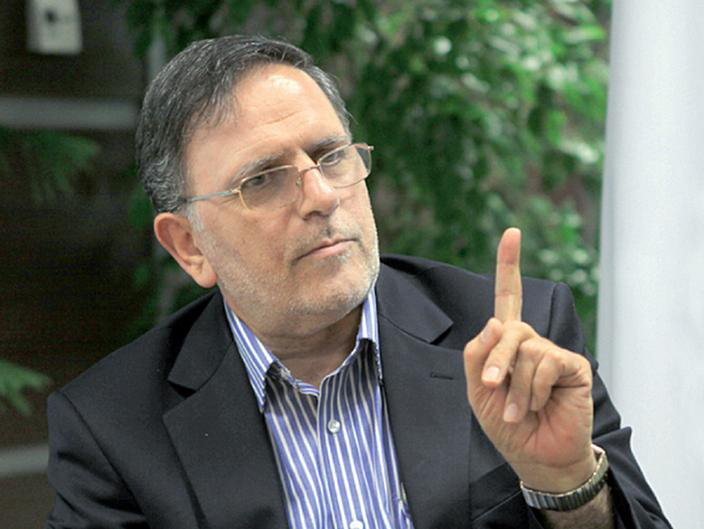The governor of the Central Bank of Iran, Valiollah Seif, has certified the 4.6 percent growth rate for the first quarter of the current Iranian year (March 21-June 22), which was included in a recent report by the CBI, saying that accepted international standards have been used in processing the national account systems (NAS) -- the implementation of complete and consistent accounting techniques for measuring a nation’s economic activity.
The report, which was released in September, has been criticized by several economic experts, who said the figures should have been adjusted based on the real rates of inflation and market prices.
Seif, who was attending a joint session of the parliament and the government, explained that the central bank had adopted new monetary, credit, supervision, and foreign exchange policies past year to stimulate growth and that the result was obvious as mentioned in its recent release.
He then outlined the CBI’s proposals for accelerating the process of economic recovery as follows:
* adopting a flexible monetary policy to curb inflation;
* more effective allocation of credit resources of the banking system; * empowering the banking system to provide more loans (over 2,800 trillion rials in total) through urging banks to cede their subsidiaries to other entities, selling their assets and equities, and collecting their nonperforming loans (NPL);
* enhancing discipline across the money market via improving electronic software and information systems, and expanding CBI’s supervision of the money market in cooperation with related agencies like the judiciary and the parliament;
* and maintaining exchange market sustainability and preparing the grounds for implementing a single currency regime based on a new set of measures.
Industry & Mining Top Performing Sectors
Seif said that the industry and mining sector recorded the highest growth rate in the first quarter of the current Iranian year with 1.5 percent, saying that the production index for major industrial units (covering 70 percent of the industrial value added) increased by 10 percent compared to the same period last year.
“Initial estimates show that, in comparison with the fixed prices in 2004, GDP has increased from 459,252 trillion rials to 480,491 trillion rials, showing a 4.6 percent growth,” Seif stated.
CBI had earlier reported that a 4.6 percent economic growth has been obtained in the first quarter of this year compared to the similar quarter a year earlier.
He also said that among 22 main industrial groups, the indices of 13 groups, comprising 87 percent of the total weight of the index, had increased compared to the same period last year.
Meanwhile, Seif described CBI’s main approach regarding domestic industries as providing them with the working capital given the recession facing the national economy, adding that this approach was also included in the formulation of the plan of action to exit recession.
He said that the banks were set to allocate at least 60 percent of their loan facilities to provide the working capital for industries.
CBI Policies ‘Working’
One of the primary measures taken by the CBI, according to the governor, was revising the financing scheme for Mehr Housing project – a project designed in 2007 by the previous government to compensate a part of housing shortage through building around 2 million housing units within 5 years. However, the project proved to be unsuccessful because of what economists and officials described as a lack of expert analysis and planning. As a result, Seif said, it was agreed that the project be financed via other channels, as it was no longer dependent on the CBI for financing. He stated that the new measures taken by the CBI had been ‘working’, decreased the growth of the monetary base and liquidity, and presented a better combination of the two in the past Iranian year (ended March 20, 2014) compared to a year earlier.
Revising the monetary policy, especially the formulation of interest rates, as well as specifying CBI’s preferences in awarding credit loans by the banking system have played a significant role in directing the resources of the bank to more productive activities, Seif concluded.


